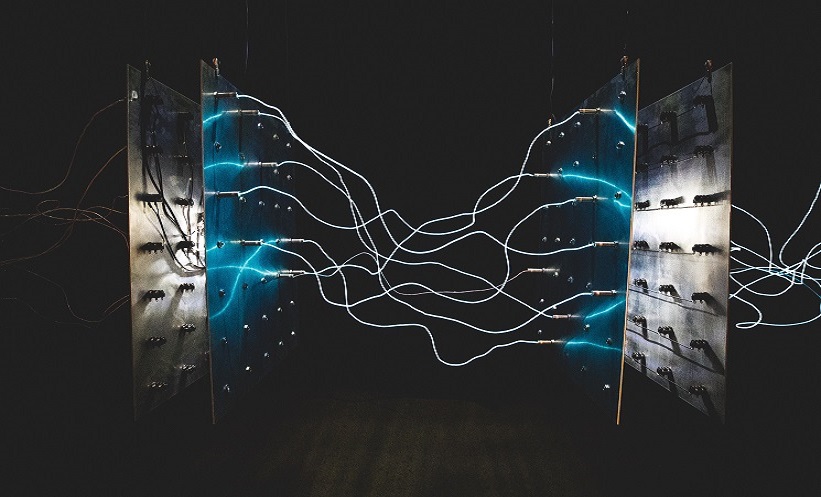A POWERFUL new approach to anxiety research in teenagers has identified how combining EEG and fMRI brain scans can better predict future anxiety. The study found that only this integrated technique, not either scan alone, improved estimates of later mental health outcomes.
Understanding Anxiety Research in Teenagers
Anxiety research in teenagers is a critical field, as adolescence marks a period of rapid brain and emotional development. Traditional studies have shown that teenagers with heightened error monitoring are at higher risk of developing anxiety disorders. Yet, most previous research used either EEG, which tracks brain activity over milliseconds, or fMRI, which maps where activity occurs. This separation limited scientists’ ability to capture the full picture of how adolescent brains process errors and predict future emotional wellbeing.
EEG-fMRI Fusion Improves Anxiety Prediction Accuracy
In this longitudinal cohort study involving 176 adolescents aged 13 to 15, researchers integrated electroencephalogram (EEG) and functional magnetic resonance imaging (fMRI) data to assess error monitoring. Participants completed cognitive flanker tasks while their brain activity was recorded at both ages.
Among all neural models tested, only the EEG-fMRI fusion scores explained additional variance in future anxiety changes (change in R² = 0.25; P = .001) beyond demographics, early temperament, and baseline anxiety. The in-depth analysis revealed that early behavioural inhibition temperament interacted with brain activity in key regions such as the dorsal anterior and posterior cingulate cortices. For example, dorsal anterior cingulate activity at age 13 years significantly predicted anxiety outcomes (β = 0.40; B = 8.77; P = .03). These findings suggest that combining temporal precision from EEG with spatial detail from fMRI allows researchers to forecast which teenagers are most at risk of developing anxiety later in adolescence.
Towards Personalised Prevention in Teen Mental Health
The results of this study could transform anxiety research in teenagers and future clinical practice. By integrating EEG and fMRI, clinicians may soon be able to identify at-risk adolescents earlier and deliver more targeted mental health interventions. This multimodal approach offers a path toward personalised prevention strategies, ensuring that support is directed to those most in need before anxiety symptoms intensify.
Reference
Valadez EA et al. Integrating multimodal neuroimaging of error monitoring to estimate future anxiety in adolescents. JAMA Netw Open. 2025;8(10):e2539133.






